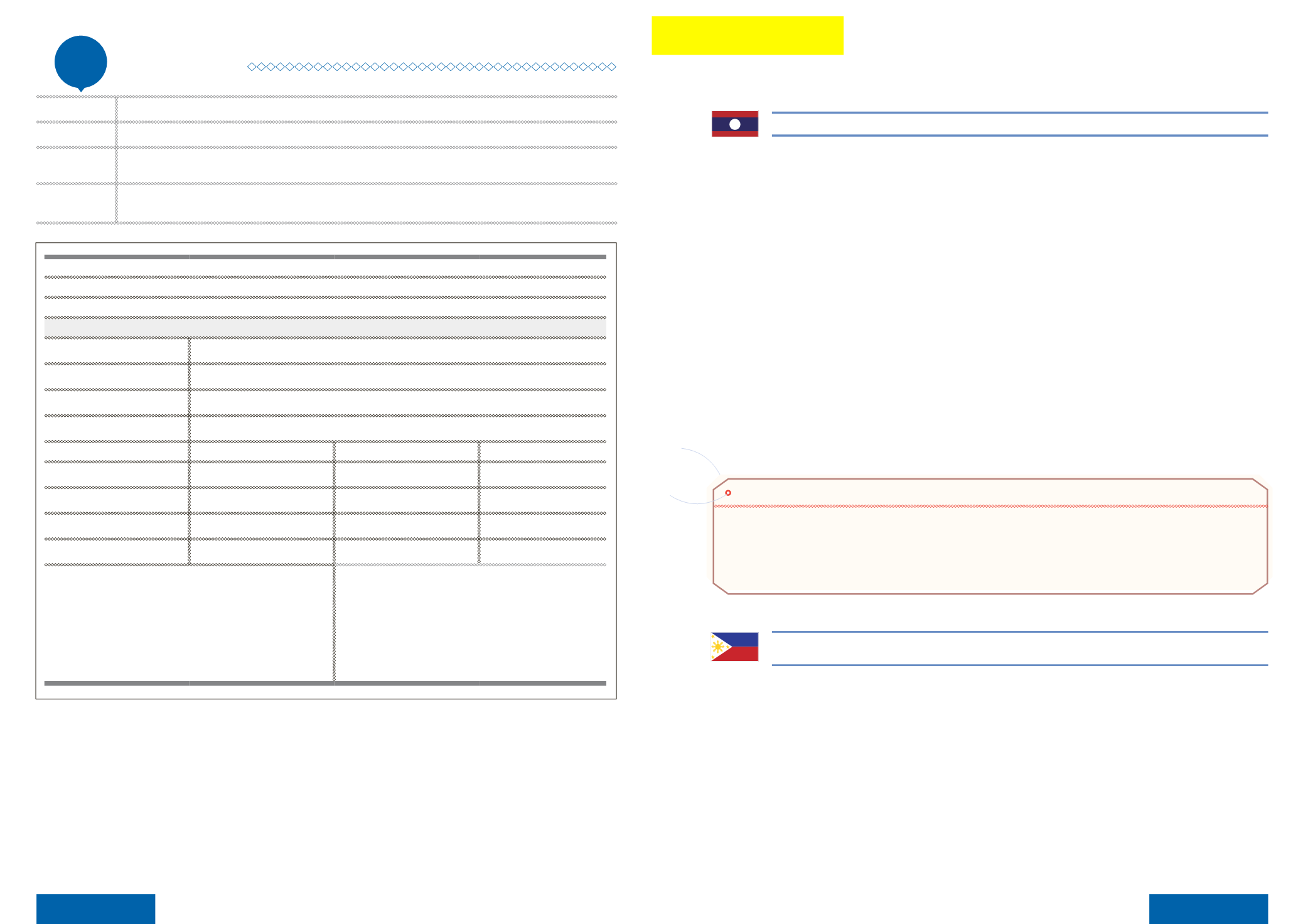
51
|
50
|
Toolkit for Competition
Advocacy in ASEAN
Toolkit for Competition
Advocacy in ASEAN
Feedback form
8
Purpose:
A management tool to evaluate an advocacy campaign and derive recommendations for possible follow-up action.
When to use it:
At the end of an advocacy campaign, or at a point when evaluation is required.
Setting:
Campaign director and/or project manager to ensure evaluation needs and requirements are available, organised or
requested.
Facilities and
materials:
-
Campaign Brief:
Campaign Objectives:
Campaign Duration:
Overview of Campaign
Campaign Sponsor:
Campaign Director:
Campaign Spokesperson:
Campaign Project Manager:
Campaign Working Group:
Methods and tools used
Budget and contractor
Set performance indicators
Campaign Sponsor
Campaign Director
Campaign Spokesperson
Campaign Project Manager
Evaluation data required:
e.g. digital, media analysis, focus groups, statistical reports, case
studies, etc.
PHILIPPINES: Towards a Unified Government Approach to Competition Reforms
in the Philippines
CASE STUDIES
Successful Approaches to Competition Advocacy in ASEAN
LAO PDR: Advocating for the Passage of a National Competition Law in Lao PDR
Take-Away Tips
Competition advocacy is a continuous endeavour and effort that is relevant already at the stage of drafting a competition legislation. This
is meant to garner and ensure the support of key stakeholders for the competition law from the very beginning, and to counter potential
adversity at a later stage by government agencies, legislators or businesses. In fact, competition advocacy continues to be crucial once the
law has been passed and CA set up, with some jurisdictions opting for a grace period to allow for businesses to familiarise themselves with
the provisions and implications of the law first. Drawing up a stakeholder map can direct advocacy activities in a more systematic manner,
but such map needs to be periodically reviewed in order to reflect changing dynamics and priorities.
In January 2016, the Law on Business Competition
of Lao PDR came into effect. In compliance with
commitments under the ASEAN Economic Community
(AEC) and national priorities, the law itself is the
product of an intensive consultative process that
involved multiple stakeholders throughout the various
drafting stages.
From the beginning, the
Ministry of Industry and
Commerce (MoIC)
set up an inter-ministerial drafting
committee to discuss the proposed provisions of
the new law. Over the course of several years,
representatives of additional ministries were invited
to attend the meetings on a regular basis and provide
their comments. This was done in the understanding
and realisation that the competition law has a bearing
on many other regulations and policies, such as
telecommunications or finance and procurement. In
parallel, sub-national consultation workshops were
carried out in selected provinces to raise the awareness
about competition issues.
Moreover, in cooperation with a local research institute,
the MoIC undertook a competition assessment,
Until the passage of the Philippine Competition Act in
July 2015, the Philippines followed a sectoral approach
to competition policy, with industry-specific laws
enforced by more than 60 regulators. This required
coherent policies across different agencies and
oversight procedures, in order to counter fragmented
enforcement and politicisation of the regulatory process.
With the creation of the Office for Competition
(OFC) under the Department of Justice in 2011, the
challenges inherent in the country’s sectoral approach
to competition policy were given due attention and
subsequently became part of the economic justice
agenda of the Philippine government. As the country’s
comprising a comprehensive mapping of key industries,
a legal inventory of competition-related regulations
and laws (e.g. on consumer protection), as well as a
perception survey among stakeholders.The competition
assessment serves to provide at least soft evidence
about the competition problems in the country, and as
such, is an important advocacy tool.
Learning from the experiences of more advanced
competition regimes, both within ASEAN and beyond,
has also been instrumental in the formulation of the Lao
competition law. In the final stages of drafting, a study
visit to Indonesia was organised for the MoIC together
with the responsible committees of the National
Assembly. The study visit was not only a good example
of an “ASEAN helps ASEAN” approach to enhance the
understanding about competition issues.
It also demonstrated the “fluidity” and flexibility of
stakeholder engagement and advocacy priorities during
different phases of introducing and implementing a
competition law. Advocating with legislators may only
be a priority from time to time, when there is a real
opportunity or momentum for regulatory reform.
first CA, the OFC recognised the power of advocacy
as complementary to enforcement and has been
proactively disseminating the benefits of competition
to the general public. In doing so, an emphasis was
placed on a number of sectors, namely energy,
telecommunications, transportation, and commodities.
This prioritisation was based on the assessment that
these sectors have the most impact on consumers.
The sector-specific advocacy of the OFC has brought
about important insights into specific industries. In
the commodities sector, for example, an investigative
report showed that the rise on the prices of garlic and
onion was not caused by a shortage in supply, but due


